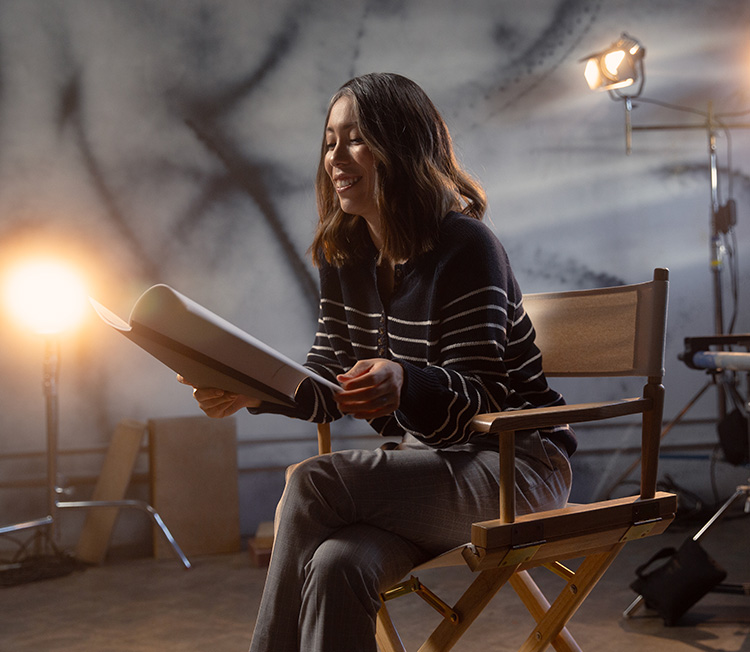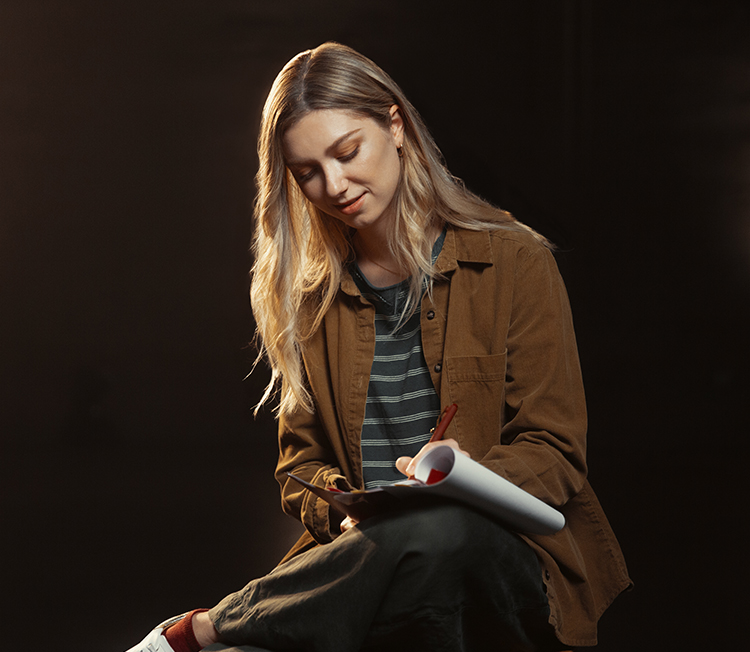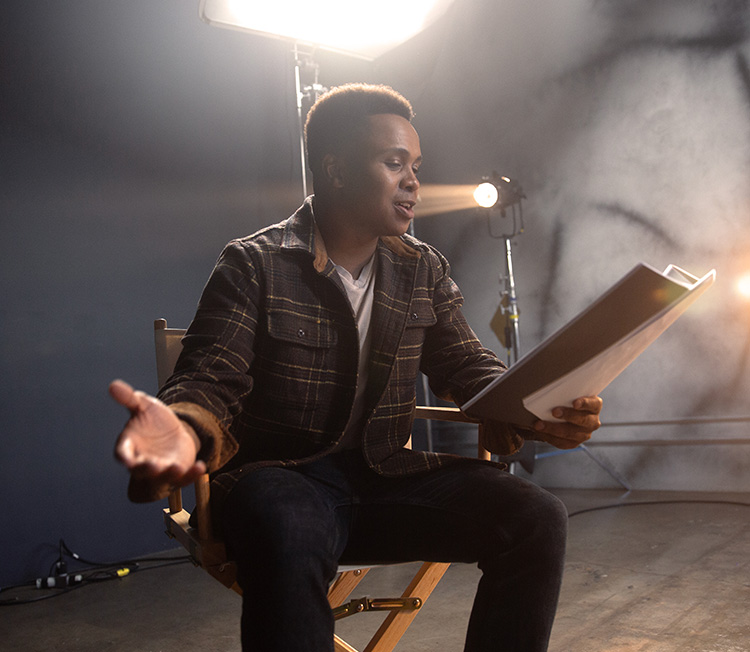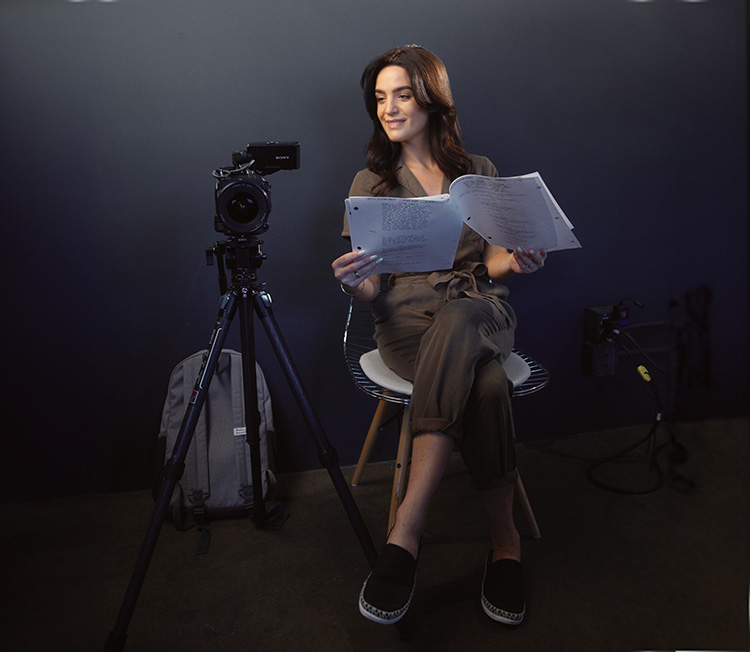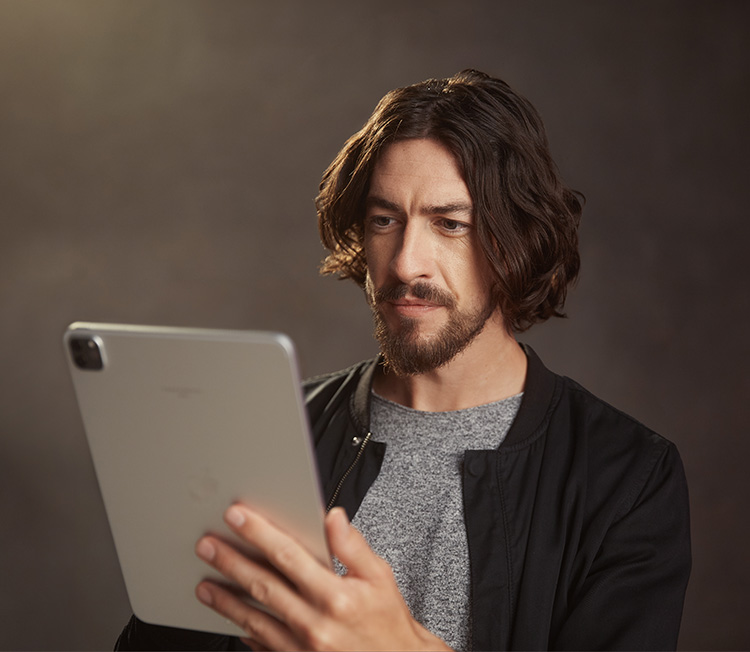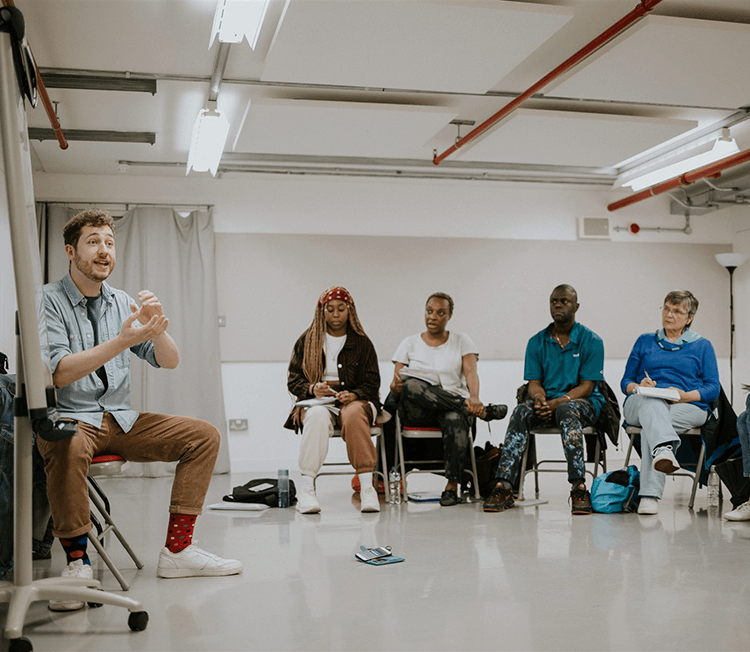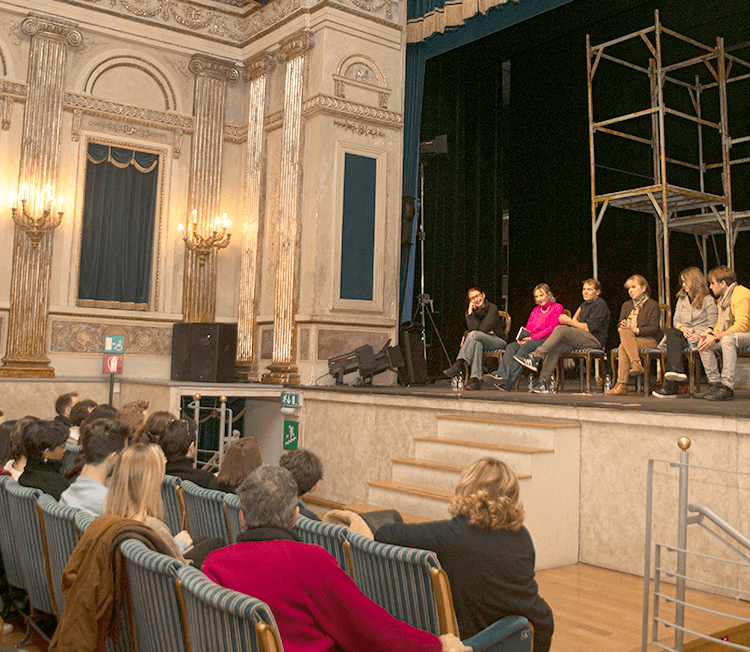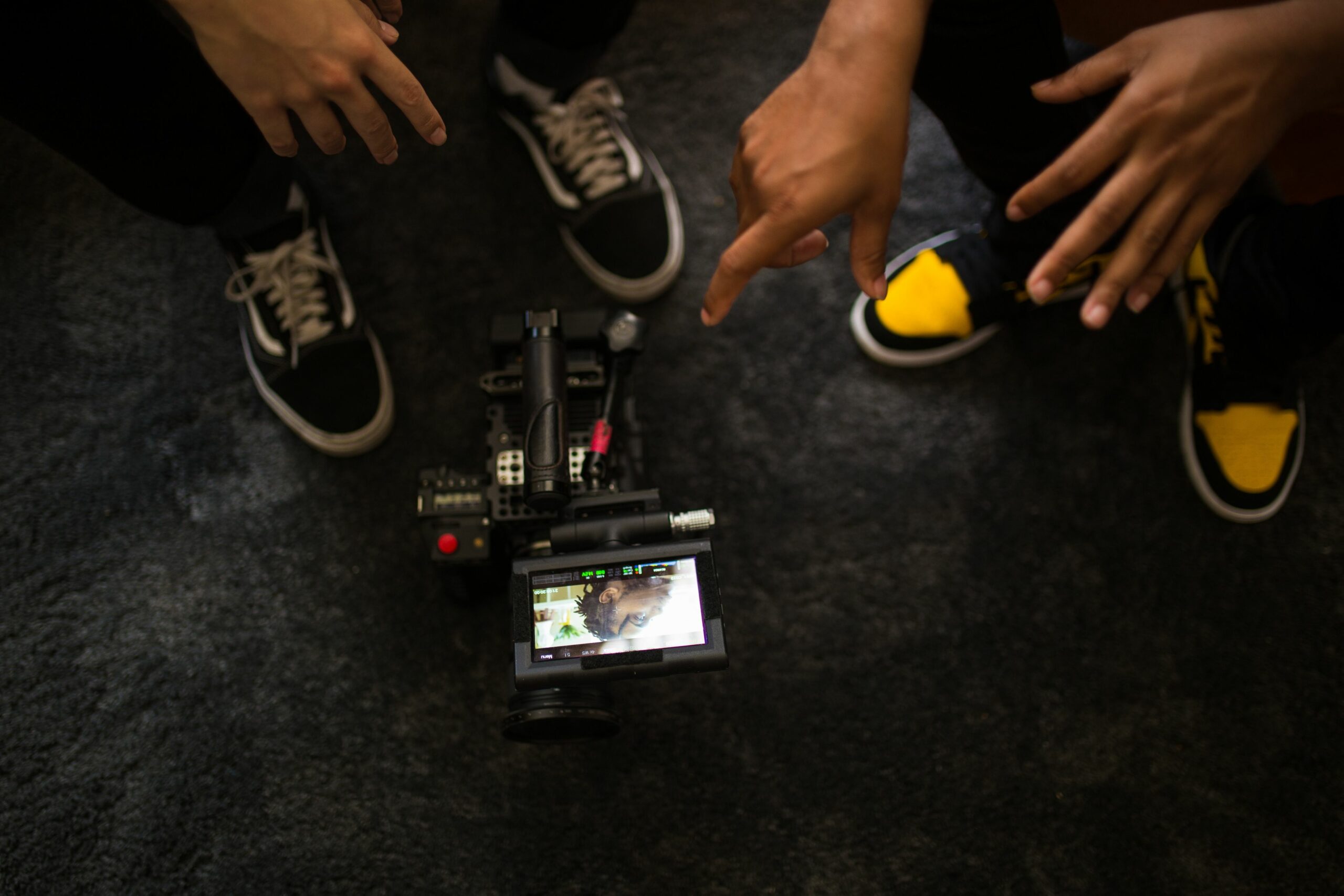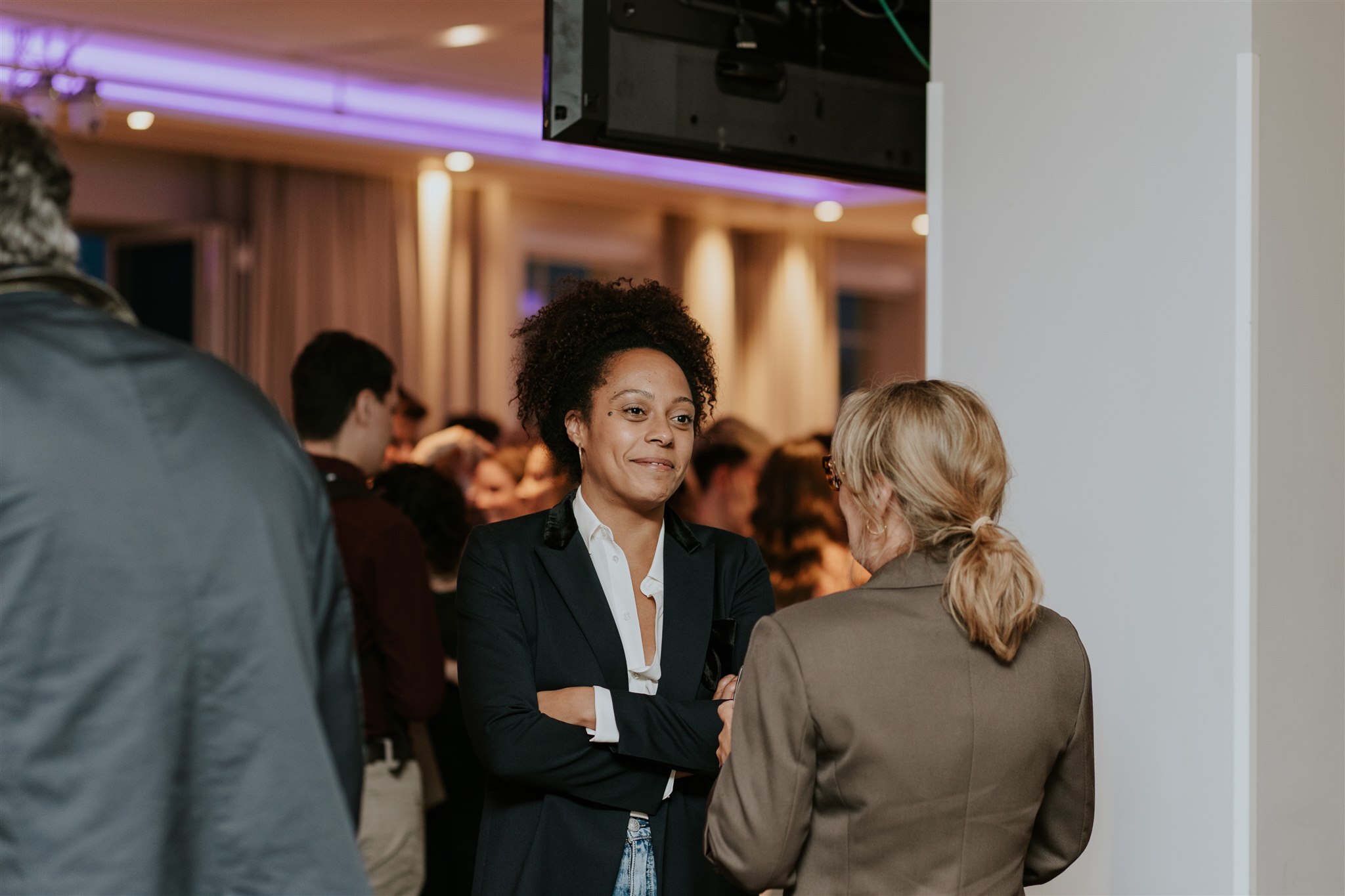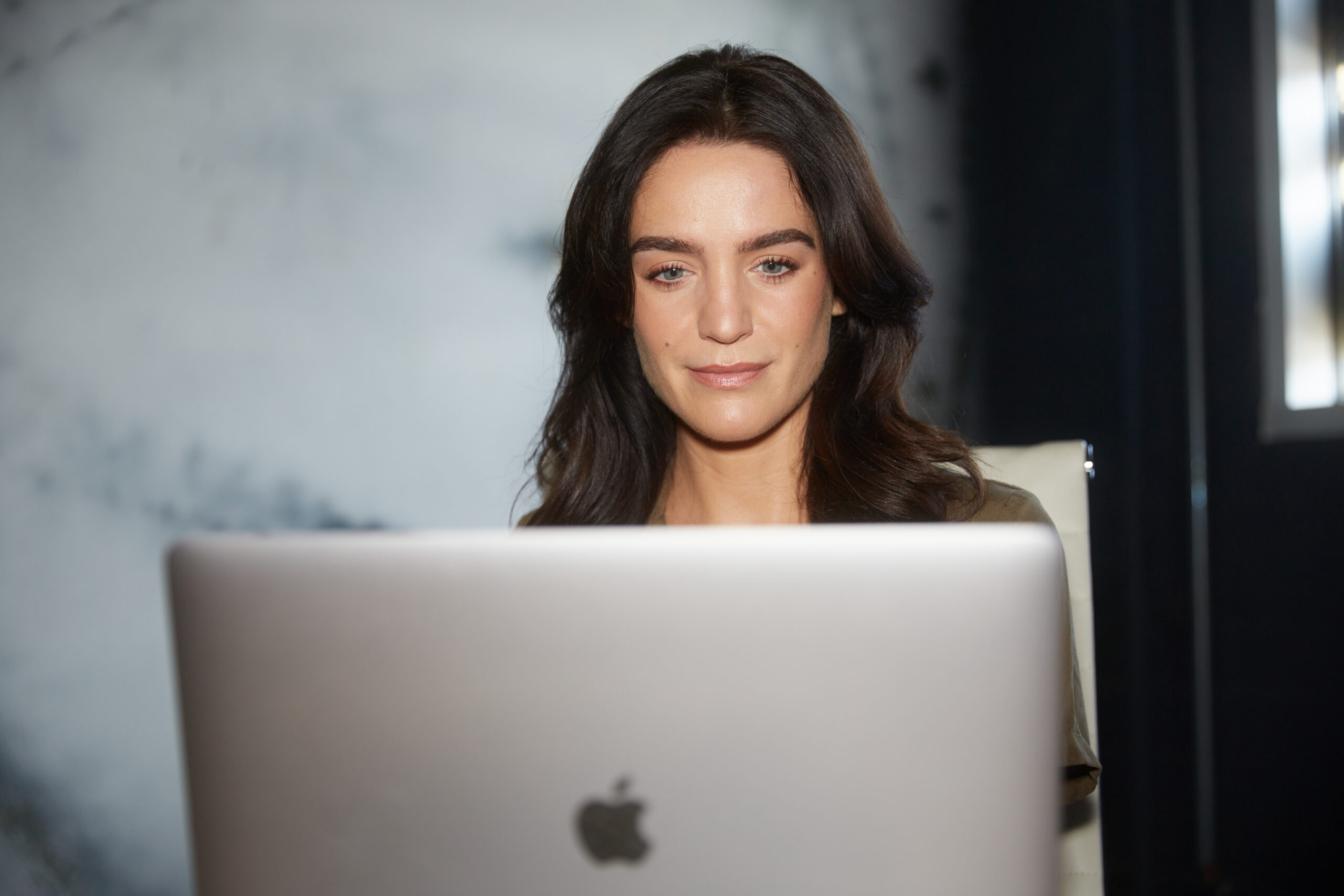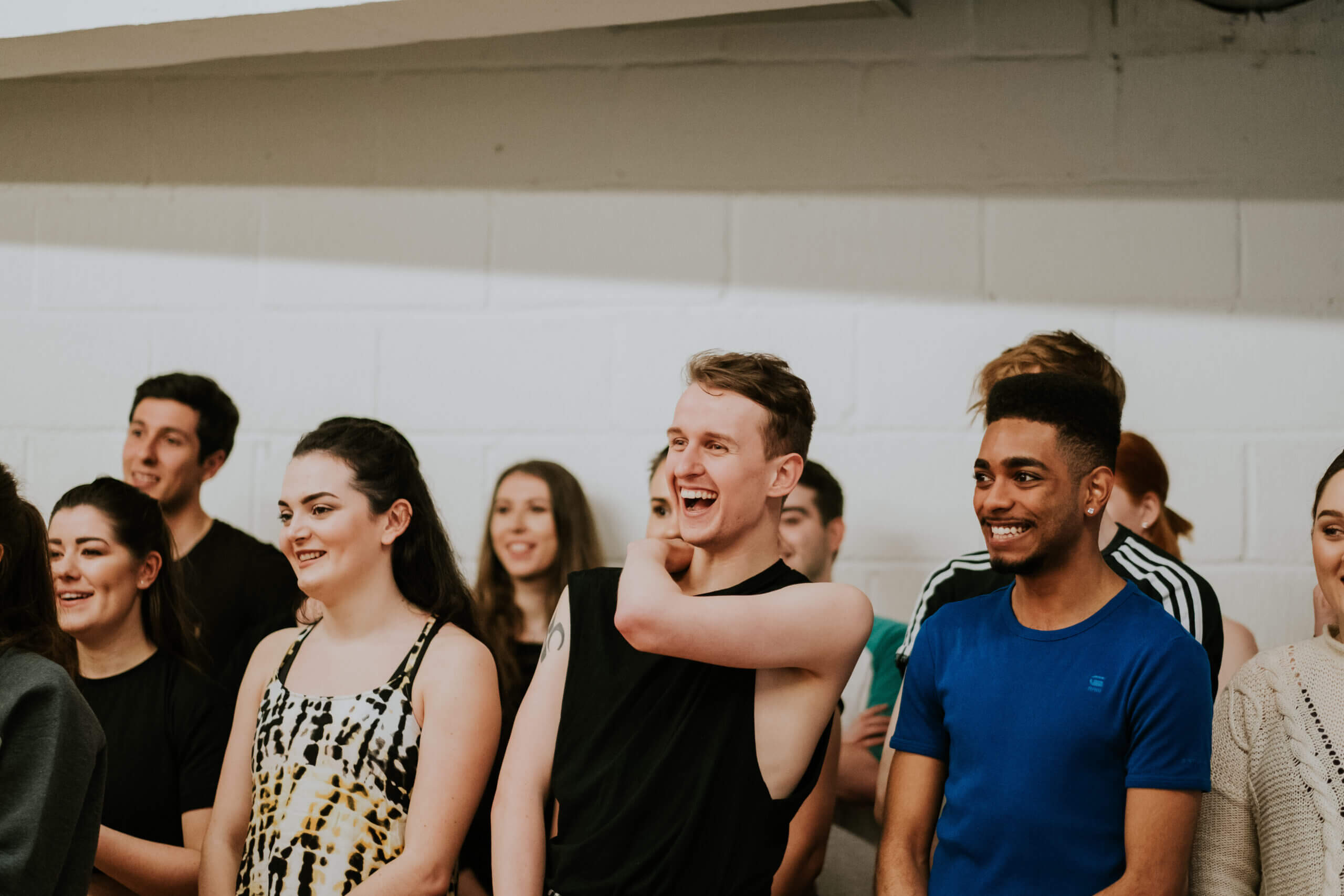Get the best results from your next self-tape audition by following these tips from casting directors.
Got a self-taped audition coming up? Watch our video where we get casting directors Sharon Bialy, Priscilla John, Lucinda Syson, Kelly Valentine Hendry, Victor Jenkins, Debbie McWilliams, Frank Moiselle, Emma Stafford, and Thom Hammond to tell us what performers should and shouldn’t do when filming their self-tape.
With a huge range of impressive credits between them, such as Breaking Bad, Humans, The Grand Budapest Hotel, Penny Dreadful, James Bond, Captain America, Gravity, Troy, and much more – this is a must-watch!
Here’s the advice they have to offer:
Before you begin
- Remember it’s not a performance, you’re not being paid yet. The purpose of the self-tape is to hear your voice in the character, and if that makes sense, then that’s enough.
- Be as well prepared as you can. Quick turnarounds can make this difficult but any prep you can do is useful.
Setting up your self-tape space
- Have a little corner of your room or apartment set up for self-tape.
- Find somewhere quiet so you don’t pick up any background noise.
- Use a plain background, preferably grey in colour. Don’t use bright white as it reflects a lot of shadows.
- Don’t film next pictures on your wall or have props in the background as these distract casting directors from looking at you and your performance.
Lighting
- Try to use natural lighting and make sure you can see yourself.
- Don’t film yourself against a window as when it’s bright outside, your garden will look beautiful, but you’ll be in silhouette.
- Don’t be backlit as this can put your face in shadow and casting directors need to see you clearly.
Filming
- Always use your camera in landscape (the shape of a cinema screen), and never in portrait.
- Keep the shot close to show your head and shoulders. You don’t want the camera panning in and out.
- Make it as unfuzzy as possible.
Your performance
- Don’t overthink it.
- Tape for around a maximum of 30 minutes because chances are your first take is your best take.
- Own the part. If you don’t own the part, you’re never going to get it.
- Make it as natural as possible. Don’t just stand there talking to the camera
- Don’t read in for yourself, or use an automated programme, as it’s distracting. Try and get another actor to read in for you.
- If you can’t get an actor to read in, have the person reading opposite you to do it in their natural, raw voice and not attempt to do accents.
- Make sure the person reading in off-camera isn’t over-delivering.
- If you’re going to use props, limit their use and don’t use too many.
When you’ve finished taping
- Always watch your tape back to make sure you look and sound ok.
- Make sure your file is logically named. Change the file name to include the performer’s name first, followed by the project name, title and scene. The performer’s name is the differential that makes your self-tape stand out if a casting director needs to go through 200+ videos to find yours.
- Use filesharing service WeTransfer to send your file to the casting directors. Files can be large and sending them directly in an email could fill up people’s inboxes, which is never ideal.
We have lots more advice on our website about self-taping and auditions but if you need more help then email us at questions@spotlight.com or ask us on Twitter.

